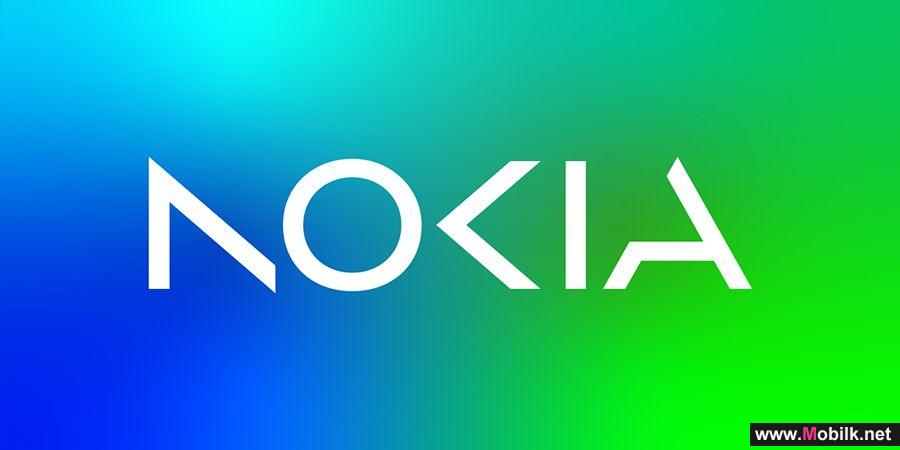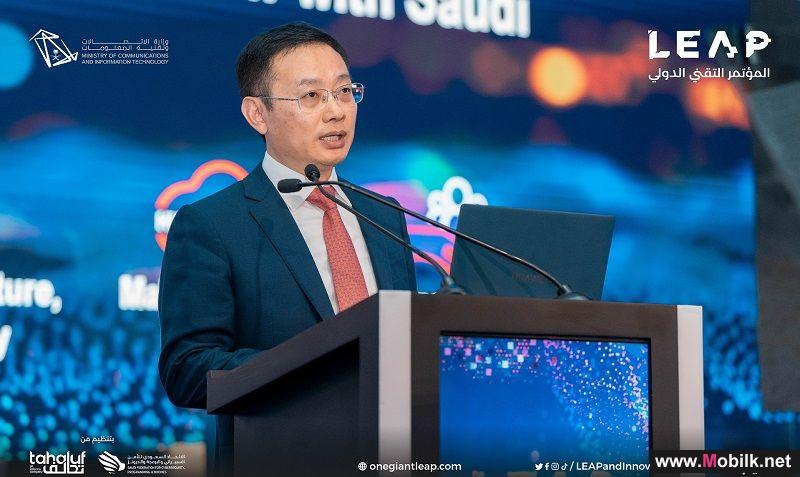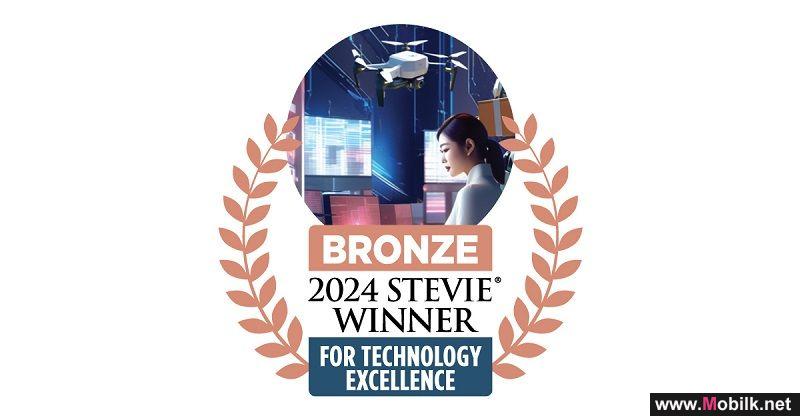ITU: 5.5G to be Massively Commercialized in 2025
Mobilk - 5.5G, an enhanced version of 5G, is expected to be put into large-scale commercial use by 2025 to further digitalize the economy and society, and speed up green and intelligent transformations, according to an International Telecommunication Union (ITU) expert.
Walid Mathlouthi, Head of the ITUs Future Network & Spectrum Management Division made the above statement during the 5.5G and Intelligent World 2030 media roundtable at Huawei Win-Win Innovation Week held this week. Mathlouthi said that spectrum will be crucial for future ICT development, especially in mobile communications and 5G to 5.5G evolution. The global industry value chain as a whole is currently concerned about ultra-wideband spectrum allocation and all-uplink spectrum usage. It will be important to address these issues through industry-wide collaboration in networks, ecosystems, and services. Increasing spectrum availability will also facilitate robust and sustainable growth of the industry.
"It is important for unified standards to be adopted worldwide," said Mathlouthi. "Relevant spectrum guidelines will be released at the WRC at the end of 2023." He predicted that 5.5G will be put into commercial use in 2025.
Wang Qi, Chief Marketing Officer of Huawei 5.5G Wireless Network, agreed with this prediction. He said that we will need wireless technologies that are more capable than 5G within the next 5 to 10 years as more intelligent applications emerge. 5.5G, the next proposed evolution of 5G, has already been defined by its ability to support 100 billion connections and ubiquitous 10 Gbit/s connectivity. This emerging technology will play a vital role in the growth of the digital economy. Wang believes that 10 Gbit/s downlink and millisecond-level latency will help bridge the virtual and physical worlds. He also said that other new 5G-based technologies such as NB-IoT, RedCap, and passive IoT will enable hundreds of billions of connections, and that integrated sensing and communication (ISAC) technologies will provide capabilities beyond connectivity. Further exploration of these technologies will be critical in driving innovation in a wider range of application scenarios. "5G will continuously evolve toward 5.5G with enhancements such as 10 times faster connectivity and stronger IoT and sensing capabilities," Wang concluded.
Jose Ahimsa Campos-Arceiz, Professor and Principal Researcher at the University of the Chinese Academy of Sciences, stated that the development of ICT technologies will benefit human undertakings, including biodiversity conservation. Last year, Professor Campos-Arceiz participated in the viral study of the northward migration of Asian elephants. Campos-Arceiz said, "Using ICT technologies such as the Internet, big data, IoT, remote sensing, radar, and drones, we will be able to build a comprehensive monitoring system supported by space-air-ground integrated monitoring networks. This system helps us monitor key locations around the clock including road entrances and exits, wildlife habitats, and road nodes in protected areas, so we can gain real-time knowledge of human activities and ensure that the ecosystem isnt disturbed."
Lin Yanqing, a senior policy expert on government affairs at Huawei, also explained how green development was being taken into consideration during 5.5G development. The increasing use of ICT technologies in industrial settings will allow 5.5G to contribute more to energy conservation and emissions reduction efforts. According to a report released by Global Electronic Sustainability Association (GeSI), the ICT industry will only account for 1.97% of global carbon emissions by 2030, but the use of advanced ICT technologies in other industries can reduce their carbon emissions by 20%, amounting to a total emissions reduction 10 times greater than what the ICT industry will produce itself.
In addition, Lin said that healthy development of 5.5G will require an industry-wide consensus and standards. Openness and cooperation are still critical to global development, especially in the field of science and technology. Strengthening cooperation, and coordinating and unifying technical standards will allow more industry players to share the development opportunities of the global digital economy.
The concepts being discussed at this summit are nothing new. Huawei first proposed an outline for 5.5G in 2020, and 3GPP officially named the concept "5G-Advanced" in 2021. As an upgraded version of 5G, its features such as ubiquitous 10 Gbit/s connectivity, 100 billion connections, intrinsic intelligence, and energy saving capabilities, will power future industries such as the IoV, IoT, robotics, and manufacturing, and serve as a key driving force of the digital economy.
The Win-Win Huawei Innovation Week
The Win-Win Huawei Innovation Week is held from July 18 to July 21 in Shenzhen, China. Together with global operators, industry professionals, and opinion leaders, we dive into topics such as 5.5G, green development, and digital transformation to envision shared success in the digital economy. For more information
Reports and Studies
China Telecom Global Limited (CTG), the world-leading provider of integrated telecommunication services, has signed a strategic subsea capacity and..
Reports and Studies
Espoo, Finland – Nokia, Qualcomm Technologies, Inc., and T-Mobile today announced that they have achieved a worlds first showcase of successfully..
Reports and Studies
Steven Yi, President of Huawei Middle East and Central Asia, gave a keynote on the second day of LEAP, Saudi Arabias largest and most comprehensive..

 Vodafone Oman
Vodafone Oman Emirates Telecom
Emirates Telecom  Ooredoo Om
Ooredoo Om Ooredoo Qa
Ooredoo Qa stc Bahrain
stc Bahrain Orange Egypt
Orange Egypt Mobily
Mobily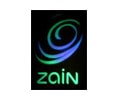 Zain Jo
Zain Jo omantel
omantel STC
STC Emirates Du
Emirates Du Asiacell
Asiacell Etisalat Egypt
Etisalat Egypt 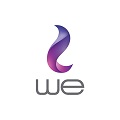 Telecom Egypt
Telecom Egypt jawwal
jawwal Orange Jo
Orange Jo Umniah
Umniah Zain Sa
Zain Sa Bahrain Batelco
Bahrain Batelco Zain Bh
Zain Bh Wataniya palestine
Wataniya palestine Kuwait Viva
Kuwait Viva  Zain Kw
Zain Kw Vodafone Qa
Vodafone Qa MTN Syria
MTN Syria Syriatel
Syriatel Sabafon
Sabafon Zain Iq
Zain Iq MTN Yemen
MTN Yemen Ooredoo Kw
Ooredoo Kw Vodafone Egypt
Vodafone Egypt  Samatel
Samatel Huawei
Huawei Samsung
Samsung MOTOROLA
MOTOROLA Lenovo
Lenovo Alcatel
Alcatel LG
LG Nokia
Nokia Sony Ericsson
Sony Ericsson HTC
HTC BlackBerry
BlackBerry Siemens
Siemens Acer
Acer Sony
Sony Asus
Asus VK
VK APPLE
APPLE BenQ-Siemens
BenQ-Siemens Sagem
Sagem Eten
Eten HP
HP Panasonic
Panasonic Amoi
Amoi Toshiba
Toshiba Sharp
Sharp Sonim
Sonim Bird
Bird Mitac
Mitac Philips
Philips Vertu
Vertu Pantech
Pantech Micromax
Micromax Maxon
Maxon Haier
Haier I-mate
I-mate Gigabyte
Gigabyte I-mobile
I-mobile Kyocera
Kyocera BenQ
BenQ Microsoft
Microsoft Telit
Telit Connect
Connect Sendo
Sendo Mitsubishi
Mitsubishi SEWON
SEWON NEC
NEC DELL
DELL Thuraya
Thuraya Neonode
Neonode Be
Be Qtek
Qtek Bosch
Bosch Palm
Palm MWG
MWG Fujitsu Siemens
Fujitsu Siemens XCute
XCute WND
WND INQ
INQ O2
O2 Innostream
Innostream Benefon
Benefon Google
Google




